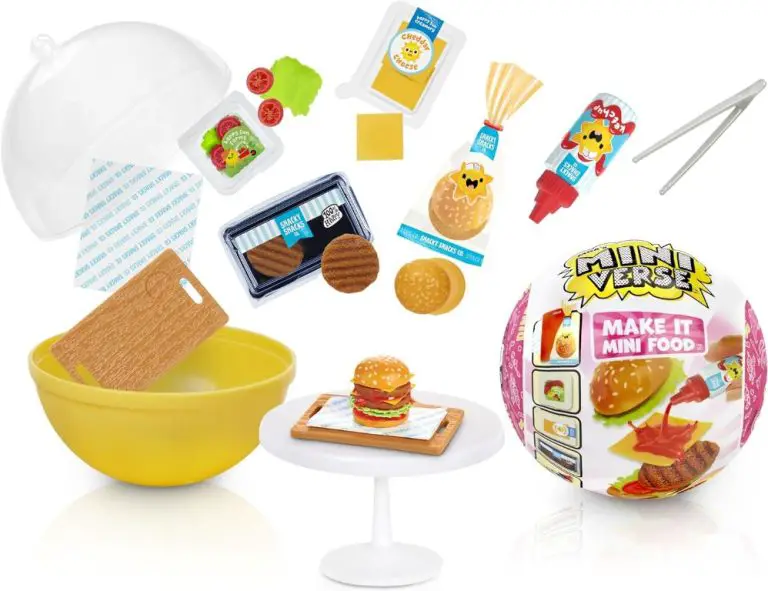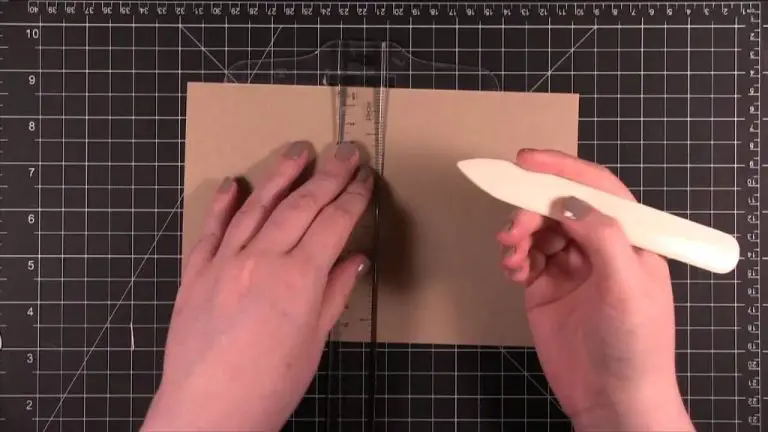Is It Better For Large Dogs To Have Elevated Bowls?
Using elevated bowls for large dogs has become an increasingly popular trend, with proponents claiming health benefits like improved digestion and reduced joint strain. However, some experts argue elevated bowls may actually increase the risk of bloat in large breeds. This article examines the key pros and cons of elevated dog bowls to help owners make an informed decision for their pets.
The thesis is that while elevated bowls offer potential advantages, they also pose possible health risks depending on the dog’s size and breed. We’ll explore the debate around elevated bowls to provide a balanced perspective on whether they are right for your large dog.
Background on Elevated Bowls
Elevated dog bowls, also known as raised feeders, are bowls that are elevated off the floor on a stand or platform. The bowls are raised to the dog’s chest level to make eating and drinking more comfortable and natural for the dog.
The main reasons elevated bowls are used are to help prevent neck, back or joint pain and discomfort that some dogs may experience from leaning down to floor-level bowls, as well as to slow down eating and aid digestion in dogs that bolt down their food too quickly from standard bowls. Elevated bowls place the food and water at an ergonomic height for the dog to easily access. Raising the bowls also helps keep the floor cleaner by containing spills and splashes.
According to one source, “Elevated dog bowls promote proper posture and positioning while eating, which takes pressure off the joints, neck, and back” (Source).
Potential Benefits of Elevated Dog Bowls
There are several potential benefits of using elevated dog bowls, especially for larger breed dogs.
One of the most notable is that elevated bowls may help prevent a life-threatening condition called bloat or gastric dilation volvulus (GDV). Bloat occurs when the stomach twists after filling with gas and fluid, trapping the contents inside. This cuts off blood flow and can cause the stomach to rupture. According to one study, large breed dogs fed from an elevated bowl were 1.7 times less likely to develop GDV.
Elevated bowls also encourage a more natural and comfortable standing posture while eating. The height brings the bowl closer to the dog’s mouth and esophagus, which reduces strain on the neck, back, and joints. This improved ergonomics can be especially beneficial for senior dogs or those with mobility issues.
Additionally, eating from elevated bowls may make swallowing easier for dogs compared to bending all the way down to floor level bowls. This helps prevent choking hazards.
Potential Downsides
While elevated dog bowls offer some potential benefits, there are also some risks and downsides to consider before deciding to use them. One major concern is that elevated bowls may actually increase the risk of bloat in large, deep-chested dog breeds like Great Danes, German Shepherds, and Standard Poodles. Bloat is a life-threatening condition where the stomach fills with air and twists. According to some research, elevated bowls may promote faster eating and gulping of air, both of which can trigger bloat episodes. However, the evidence is not conclusive, so talk to your vet if you have a high-risk breed.
Additionally, using an elevated bowl at the wrong height could lead to joint, muscle, or back problems in dogs as they strain to reach it. The ideal height depends on your dog’s size and build. Make sure to monitor your dog’s body position when eating from an elevated bowl. They should be able to stand comfortably without excessive reaching, hunching, or arching of the back.
Breed Considerations
Some breeds may benefit more from elevated food bowls than others. Large deep-chested breeds like Great Danes, Irish Wolfhounds, and Mastiffs tend to be more prone to bloat and gastrointestinal issues, so elevated bowls can help them. For giant breeds that can exceed 200 lbs like Great Danes, extra large elevated bowls may be needed.
On the other hand, some large narrow-chested breeds like Greyhounds are built to eat with their heads down and may not benefit as much. Make sure to consider your specific breed’s size, weight, and conformation when deciding on an elevated bowl. What works for one won’t necessarily work for all.
Ideal Heights
When choosing the ideal height for an elevated dog bowl, it’s important to properly measure your dog first. The correct height allows your dog to eat comfortably without straining their neck or back.
To measure for an elevated bowl, have your dog stand normally with their front legs straight. Measure from the floor up to the point halfway between their front elbow joint and their withers (shoulder blades). This halfway point is where the rim of the elevated bowl should reach.
For larger breed dogs, typical recommended heights are 10 inches for extra large breeds and 6 inches for large breeds. The exact ideal height still depends on the individual dog’s size and build. Smaller dogs usually do well with a height of 2-4 inches.
Adjustable-height elevated bowls can be useful to accommodate a growing puppy. It’s important to re-measure periodically as your dog’s height changes.
Other Tips for Use
When transitioning your dog to an elevated bowl, it’s important to do so gradually to allow them to adjust. Start by elevating the bowl just an inch or two higher and over the course of a week or two, gradually increase the height until you reach the ideal elevation for your dog’s size and breed.
Elevated bowls can put additional strain on a dog’s neck, so use caution when using them with older dogs. Check with your veterinarian first before elevating the bowl of a senior dog with arthritis or mobility issues. Go slowly with any adjustments and monitor them closely for signs of discomfort or difficulty eating and drinking.
According to https://olddogproducts.com/should-dog-bowls-be-raised/, elevated bowls may not be suitable for every dog, so pay attention to your dog’s comfort level and make adjustments as needed. Proper use of elevated bowls requires an understanding of your dog’s needs.
Alternatives to Consider
There are alternatives to elevated bowls for larger dogs that can provide the benefits without the risks. Some options to consider include:
Slow-Feeder Bowls
Slow-feeder bowls have ridges, mazes, or obstacles built into the bowl to slow down fast eaters. By eating more slowly, dogs are less prone to bloat. These bowls come in sizes for large breeds and are a safer alternative to elevated bowls.
Raised Food Mats
Raised food mats or platforms lift the food slightly off the ground without elevating the dog’s head and neck. They provide some orthopedic benefits without increasing bloat risks. Quality options are available from brands like Never Ending Dog Bed.
Food Dispensing Toys
Food puzzle toys and dispensers make mealtime more mentally stimulating while slowing down fast eaters. Popular options like the StarMark Bob-A-Lot provide physical and mental enrichment at meal times.
Snuffle Mats
Snuffle mats hide kibble inside woven grass strands, forcing dogs to forage and use their sense of smell. This mimics natural feeding behaviors while engaging their brains. Large snuffle mats work well for bigger breeds.
Key Takeaways
Elevated dog bowls have some potential benefits but also some risks. On the plus side, they may help relieve strain on large dogs’ necks, improve digestion, and slow eating for greedy eaters. However, studies show they can also increase the risk of bloat in large, deep-chested breeds. Additionally, elevated bowls may exacerbate joint issues in dogs prone to elbow or shoulder dysplasia.
For giant breeds prone to bloat like Great Danes or standard poodles, elevated bowls are best avoided unless recommended by your vet. For large dogs with confirmed neck, joint, or digestive issues, consult your vet on proper height and model selection. For healthy large breeds without risk factors, moderately elevated bowls around 6-10 inches may provide comfort without posing major risks. Monitor your dog’s eating and health closely, be prepared to lower bowl height if issues emerge.
Ultimately, the risks likely outweigh potential benefits for most dogs. While specific cases may warrant elevated bowls, they should not be used universally or without caution. Work closely with your vet and monitor your dog’s health and behavior when using elevated bowls.
References
Applebaum, Tyler. 2018. “The Pros and Cons of Using Raised Dog Bowls.” Canine Journal, November 27. https://www.caninejournal.com/raised-dog-bowls-pros-and-cons/
Clark, Douglas P. 2021. “Are Elevated Dog Bowls Better or Worse for Your Dog?” Baltimore Sun, September 13. https://www.baltimoresun.com/maryland/carroll/lifestyles/cc-dog-bowls-20210913-obse2jvn2vhnpksxskm4z3aeem-story.html
Coates, Jennifer R. 2014. “Influence of Feeding Height on the Development of Acquired Peripheral Neuropathies in Adult Dalmatians.” Journal of Veterinary Internal Medicine 28(2): 531–537. https://doi.org/10.1111/jvim.12323
Davis, Kathleen. 2022. “The Pros and Cons of Elevated Dog Bowls.” American Kennel Club, February 2. https://www.akc.org/expert-advice/health/pros-and-cons-of-elevated-dog-bowls/
Ferasin, L, and G Marcora. 2019. “Risk Factors for Acquired Masticatory Muscle Myositis in Dogs.” Journal of Small Animal Practice 60(8): 463-467. https://doi.org/10.1111/jsap.13025




